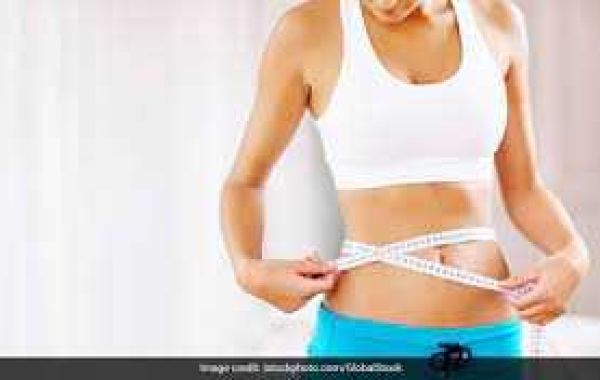Lithium-ion batteries have revolutionized the way we power our modern devices. With their high energy density, light weight, and low self-discharge rate, these batteries are the preferred choice for portable electronics, electric vehicles, and renewable energy systems.
The chemistry of lithium-ion batteries involves a lithium-based cathode and an anode, typically made of graphite. During discharge, lithium ions move from the anode to the cathode, generating electrical energy. The process is reversed during charging, ensuring a continuous cycle of energy storage and release.
One of the key advantages of lithium-ion batteries is their ability to deliver high power output, making them ideal for applications that require quick bursts of energy. They also have a low memory effect, meaning they can be charged at any time without significant loss of capacity.
However, safety is a critical concern with lithium-ion batteries. Overcharging, mechanical damage, or manufacturing defects can lead to thermal runaway, a condition where the battery overheats and potentially catches fire. Manufacturers are continuously working on improving safety features, such as thermal management systems and advanced battery management systems.
As the demand for sustainable and efficient energy storage grows, research into lithium-ion technology is ongoing. Innovations in materials, such as solid-state electrolytes, promise to enhance safety and performance, paving the way for even more versatile and powerful lithium-ion batteries in the future.








